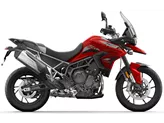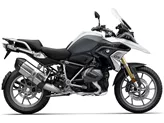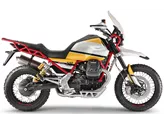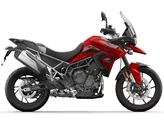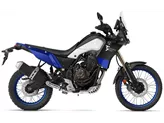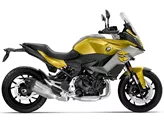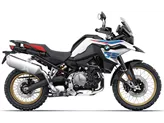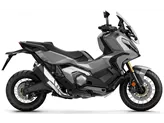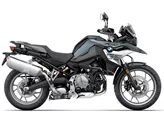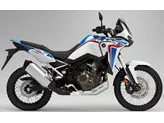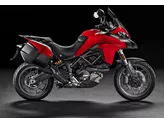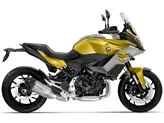BMW F 850 GS 2018 vs. Triumph Tiger 900 GT Pro 2020

BMW F 850 GS 2018
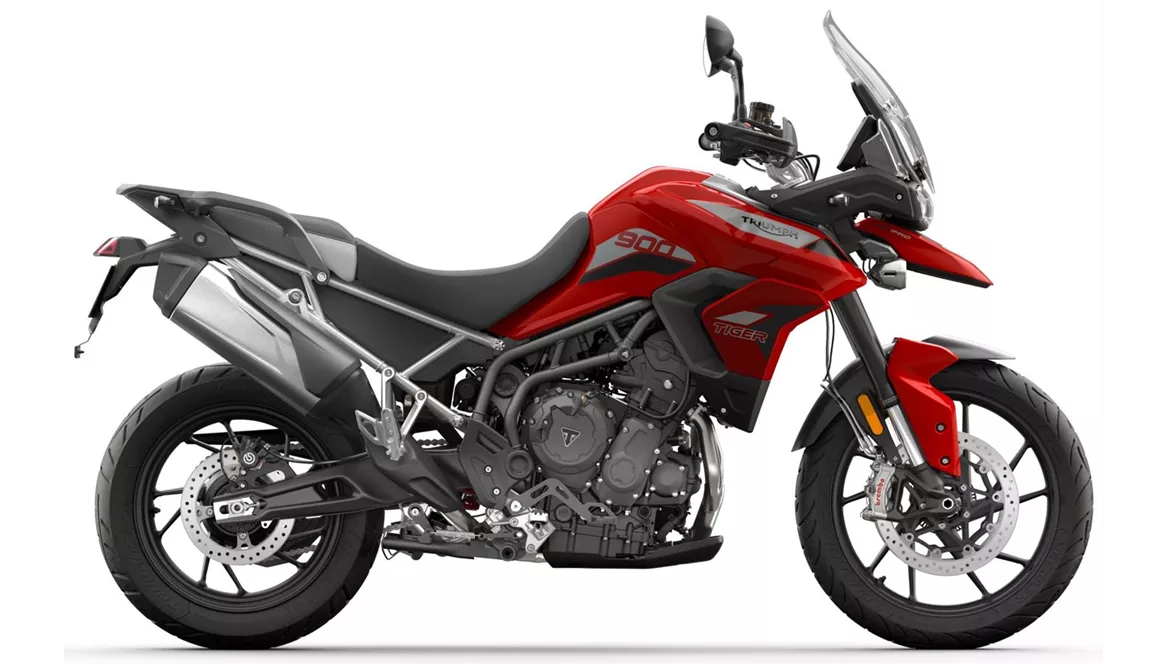
Triumph Tiger 900 GT Pro 2020
Vue d’ensemble - BMW F 850 GS 2018 vs Triumph Tiger 900 GT Pro 2020
The BMW F 850 GS 2018 and the Triumph Tiger 900 GT Pro 2020 are both enduro motorcycles with similar engine types and power outputs. However, there are several key differences between the two models.
In terms of engine specifications, the BMW F 850 GS has a larger bore and stroke compared to the Triumph Tiger 900 GT Pro. This results in a slightly higher engine power and torque for the BMW, with 95 HP and 92 Nm respectively, compared to 95.2 HP and 87 Nm for the Triumph. Both motorcycles have electric starters and chain transmissions.
When it comes to suspension, the BMW F 850 GS features an upside-down telescopic fork with a 43 mm diameter in the front, offering a travel of 204 mm. The rear suspension consists of a swing arm with a monoshock, providing a travel of 219 mm. The suspension on the Triumph Tiger 900 GT Pro is also similar, with a 45 mm upside-down telescopic fork in the front and a swing arm with a monoshock in the rear. However, the travel is slightly less, with 180 mm in the front and 170 mm in the rear.

BMW F 850 GS 2018
Both motorcycles have steel frames, but the BMW F 850 GS has a tubular, load-bearing engine frame, while the Triumph Tiger 900 GT Pro has a tubular frame. The BMW has a rake of 62 degrees and a trail of 126 mm, while the Triumph has a rake of 65.4 degrees and a trail of 133.3 mm.
In terms of braking, both motorcycles have double disk brakes in the front. The BMW F 850 GS features ABS as an advanced rider assistance system, while the Triumph Tiger 900 GT Pro offers additional features such as electronically adjustable suspension, riding modes, cornering ABS, ride by wire, and traction control.
In terms of dimensions and weights, the BMW F 850 GS has a front tire diameter of 21 inches and a rear tire diameter of 17 inches, with a width of 150 mm. The wheelbase is 1593 mm and the seat height is 860 mm. The fuel tank capacity is 15 liters. On the other hand, the Triumph Tiger 900 GT Pro has a front tire diameter of 19 inches and a rear tire diameter of 17 inches, with the same width of 150 mm. The wheelbase is slightly shorter at 1556 mm and the seat height is lower at 810 mm. The fuel tank capacity is larger at 20 liters.
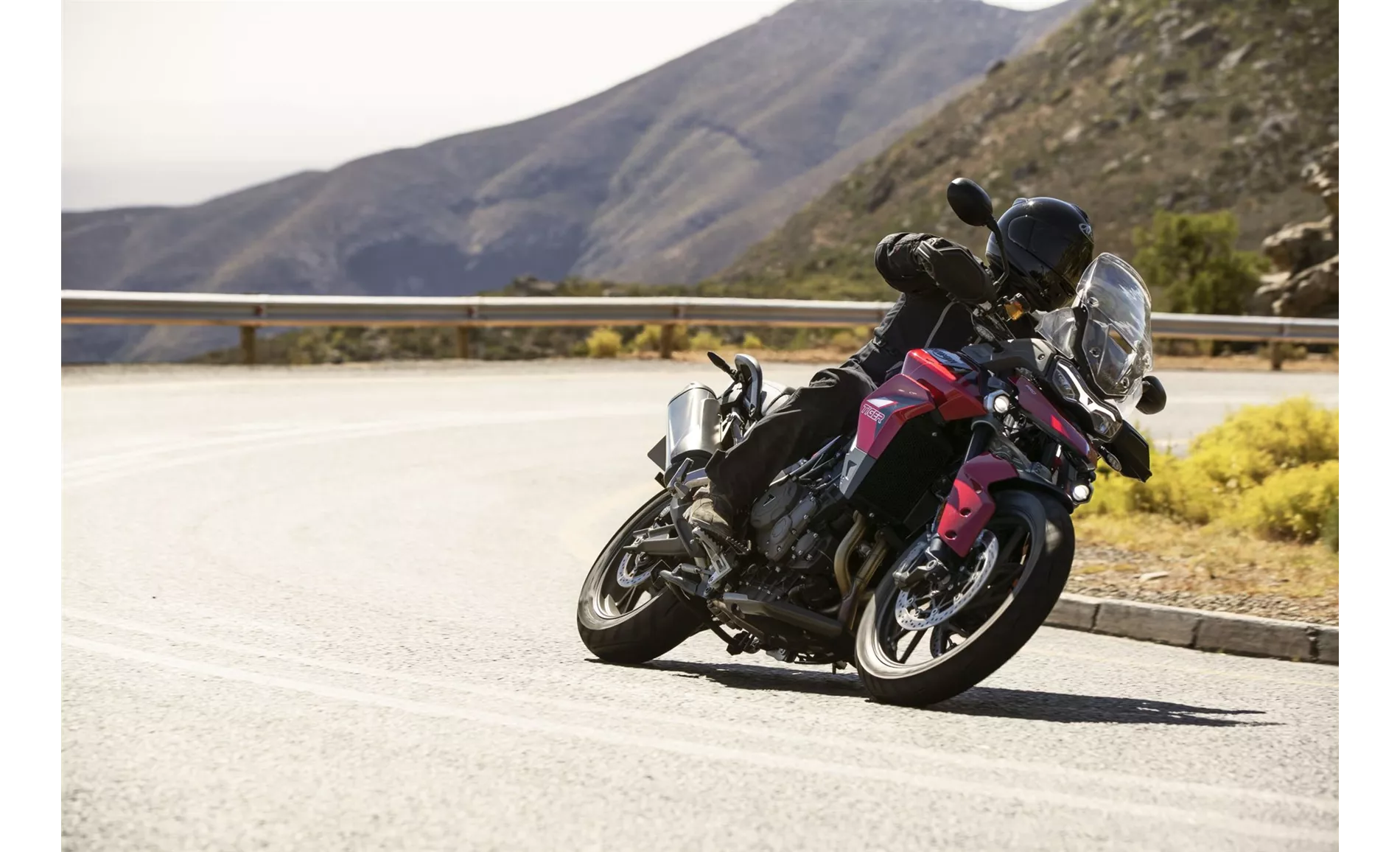
Triumph Tiger 900 GT Pro 2020
In terms of strengths, the BMW F 850 GS has a superior engine, adequate braking system, very good seating position, easy handling, and an extensive range of accessories. It also offers riding modes and traction control, making it suitable for off-road riding. On the other hand, the Triumph Tiger 900 GT Pro has a three-cylinder engine full of character, agile turn-in behavior, a quickshifter as standard, electronically adjustable suspension, generous standard equipment, good ergonomics, good wind and weather protection, and long-distance capability.
However, the BMW F 850 GS has a few weaknesses, including a disc that is positioned too low and could have better sound. The Triumph Tiger 900 GT Pro has a flood of switches on the left handlebar, which could be overwhelming for some riders.
In conclusion, both the BMW F 850 GS 2018 and the Triumph Tiger 900 GT Pro 2020 have their own strengths and weaknesses. The BMW offers a more off-road capable experience with its superior engine and extensive range of accessories, while the Triumph provides a characterful three-cylinder engine and generous standard equipment. Ultimately, the choice between the two will depend on the rider's preferences and intended use of the motorcycle.
Caractéristiques techniques BMW F 850 GS 2018 par rapport à Triumph Tiger 900 GT Pro 2020
Avantages et inconvénients en comparaison
Avantages et inconvénients en comparaison
BMW F 850 GS 2018

On ne le voit peut-être pas au premier coup d'œil, mais la nouvelle BMW F 850 GS est en fait une construction entièrement nouvelle. Le châssis en acier et la transmission ont été modifiés, le moteur a été agrandi à 853 cubiques et conçu de manière encore plus puissante avec un déport de 90 degrés des manetons. La nouvelle F 850 GS se présente ainsi plus souveraine qu'excitée et convainc aussi bien sur la route qu'en off-road. La particularité de la BMW est la possibilité de la configurer exactement en fonction de ses besoins personnels grâce à une vaste gamme d'accessoires - il n'y a en fait aucune caractéristique actuellement disponible que l'on ne puisse obtenir sur sa F 850 GS. Mais cela fait aussi grimper le prix.
Triumph Tiger 900 GT Pro 2020
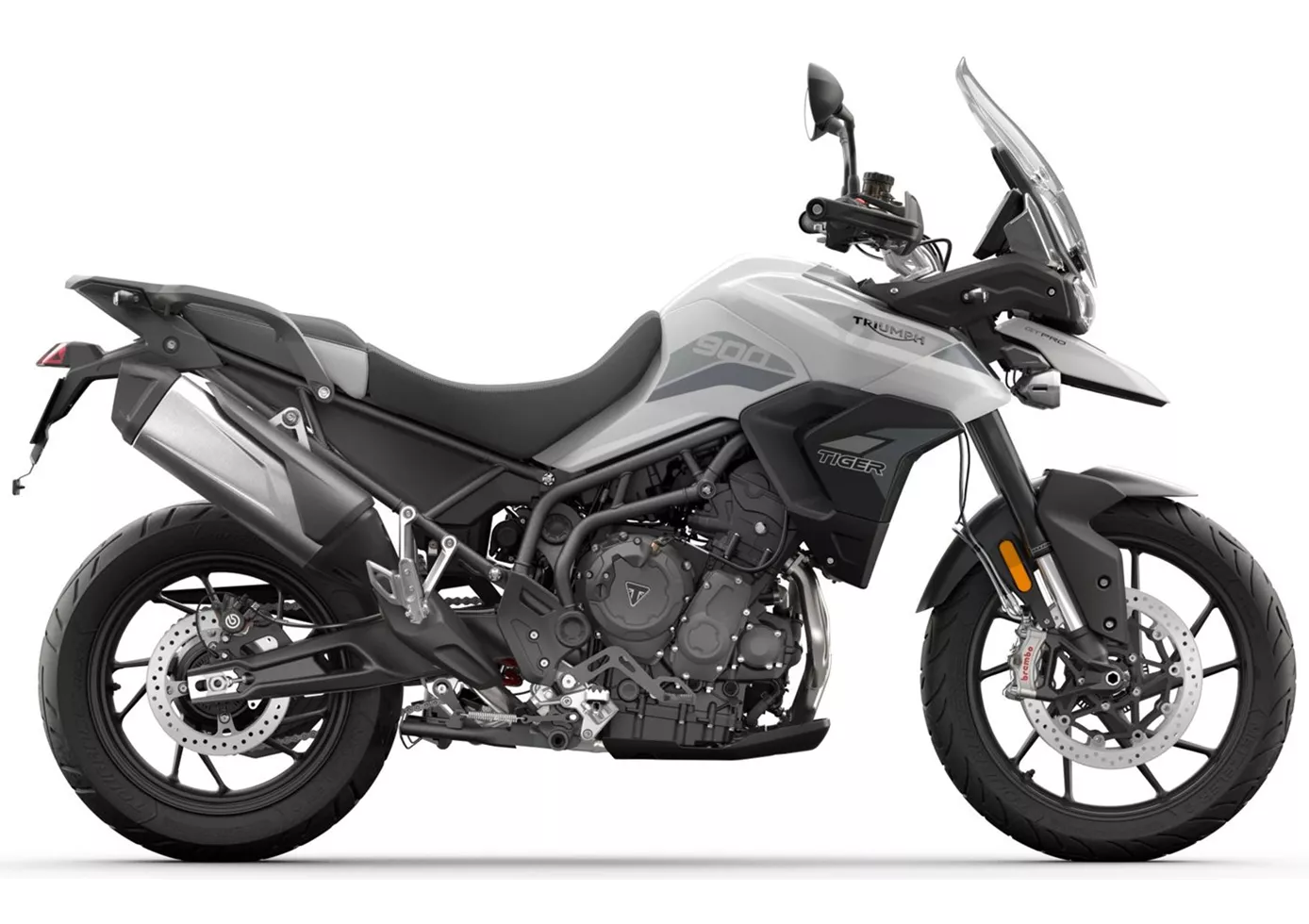
Les bonnes choses prennent du temps, dit-on. Chez Triumph, on s'y est tenu et avec la Tiger 900 GT Pro, on a mis sur les jantes en fonte une moto qui poursuit la longue et fructueuse voie de la 800 avec de nombreuses améliorations de détails et qui est aussi bien une moto pratique pour le quotidien que pour des tours et des voyages prolongés. Le triple est devenu plus pointu, tout en restant un moteur harmonieux avec lequel même les débutants ne peuvent pas se tromper, sans pour autant ennuyer les motards expérimentés. Et ce, grâce à des débattements de suspension suffisants sur des routes de différentes qualités ainsi que sur des passages tout-terrain tout à fait modérés. Nous n'avons pas trouvé grand-chose à redire à la première impression, mais nous allons certainement examiner la Tiger de plus près.
Comparaison des prix Prix moyen du marché BMW F 850 GS vs Triumph Tiger 900 GT Pro
There are a few key differences between a BMW F 850 GS 2018 and a Triumph Tiger 900 GT Pro 2020. In terms of price, the actual average price of a Triumph Tiger 900 GT Pro 2020 is about 6% higher. There are the same number of bikes of both models available on the 1000PS.de marketplace, specifically 5. It takes less time to sell a Triumph Tiger 900 GT Pro with 88 days compared to 112 days for the BMW F 850 GS. Since model year 2018 1000PS.de editors have written 31 reviews for the BMW F 850 GS and 10 reviews for the Triumph Tiger 900 GT Pro since model year 2020. The first review for the BMW F 850 GS was published on 11/21/2017 and now has more than 69,800 views. This compares to more than 65,300 views for the first review on Triumph Tiger 900 GT Pro published on 12/3/2019.



